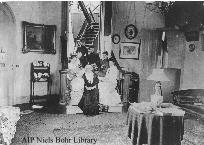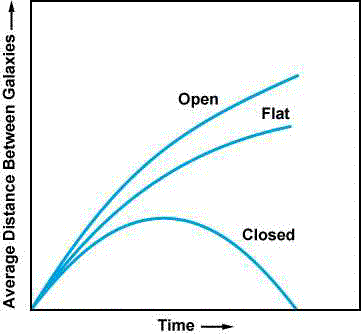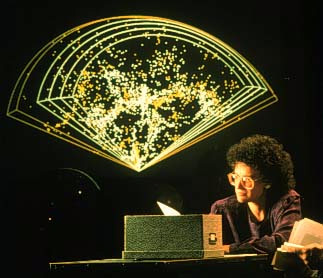
Edwin Hubble's relationship between galactic recessional velocity and distance. Get the Hubble Constant Ho from the recessional velocity and distance of Virgo Cluster.
Since 1/Ho is a rough upper limit on the age of the universe, the new Hubble constant measurements are implying an universe age of only 12-13 billion years (expanding Supernova photosphere method vs. Cepheid method). This is in conflict with the ages derived for the oldest stars (found in globular clusters) of about 15-16 billion years.
http://universe.colorado.edu/universe/tango/figures.qry?function=number&number=18.01



